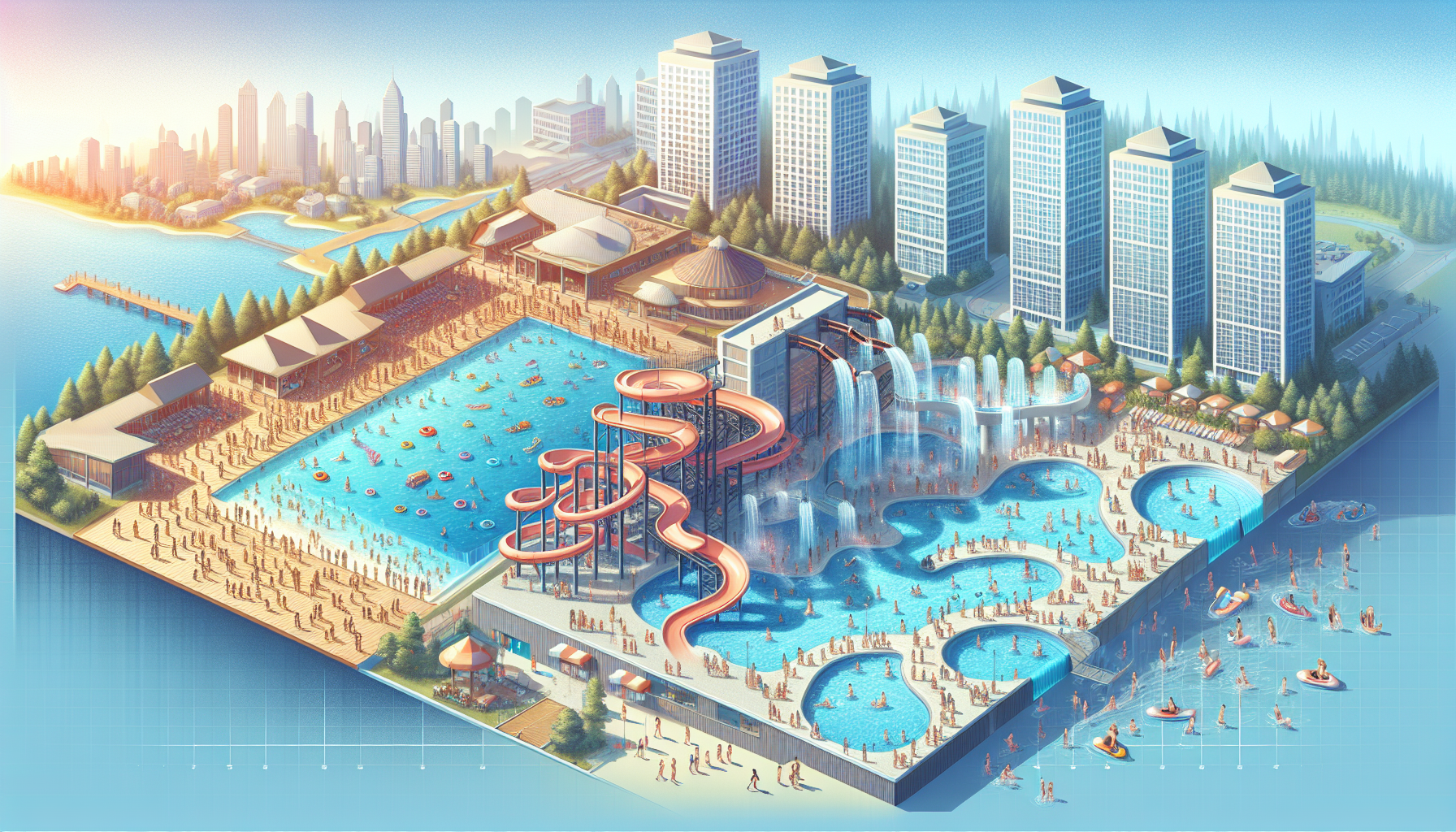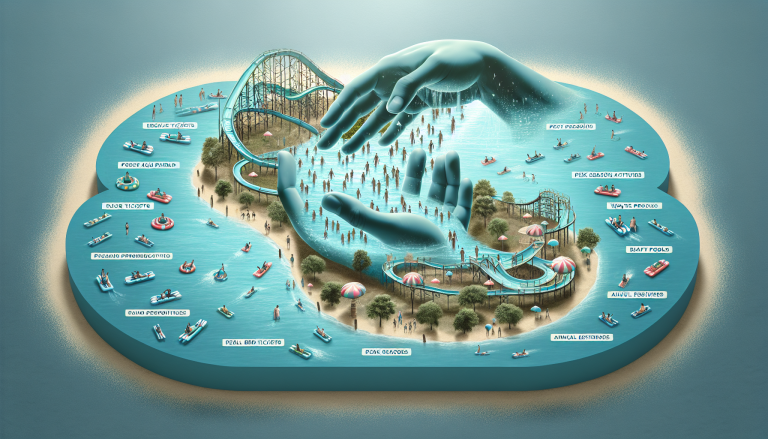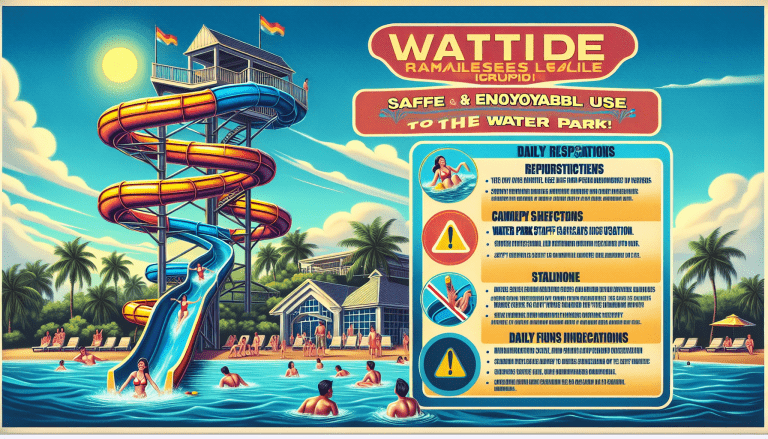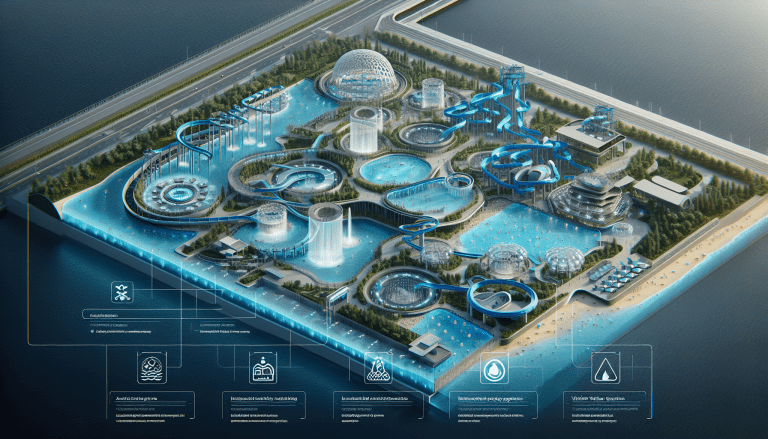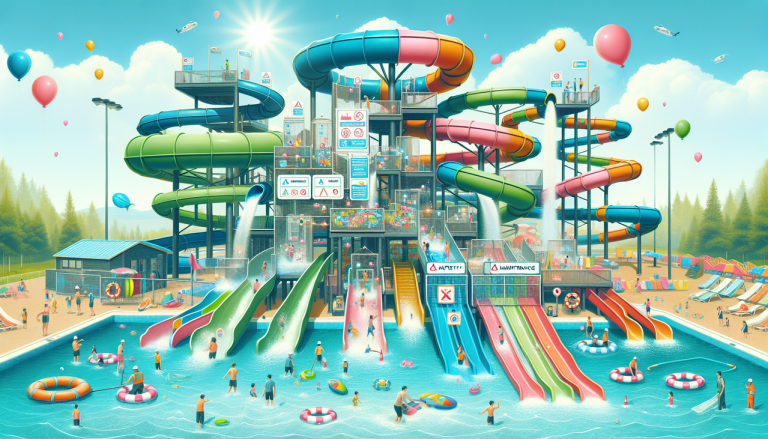Water Park Project Classifications
Audio:
Text:
When considering investing in a water park project, one of the crucial decisions is determining the type of water park to build and its size. Additionally, understanding the classifications of water park equipment for sale is essential. Let’s explore these aspects in more detail.
Classification of Water Park Projects
Water park projects can be classified based on the venue they occupy:
- Outdoor Water Park: Outdoor water parks are the most common type. Typically, these parks operate during the summer months, from June to August, with some extending their season to six months.
- Indoor Water Park: Indoor water parks are often situated within commercial complexes, allowing them to operate throughout the year. However, many indoor water parks face challenges during the winter due to high operating costs and lower demand, leading some to close or transform into parent-child parks.
- Comprehensive Water Park: These parks combine outdoor and indoor sections, offering a mix of land-based and water-based attractions.
- Hot Spring Water Park: A relatively new concept, hot spring water parks integrate water park features with hot springs. This innovative approach aims to leverage the strengths of both attractions, catering to visitors across different seasons and preferences.
Another classification criterion for water park projects is based on their consumption mode:
Classification by Consumption Mode
- Urban Leisure and Entertainment: These water parks are typically located within urban areas, serving as leisure destinations for local residents.
- Travel Vacation Types: Positioned further away from main cities, these parks cater to tourists requiring accommodation. They can be categorised as hot spring resort types, coastal resort types, or tourist destination types.
Investors in water park projects must carefully consider the type of park they wish to develop, as this choice influences the selection of water park equipment and the design of supporting facilities. The size of the water park is also determined by the target market. Major cities with large populations can accommodate large or super-large water parks spanning over 200 acres, while smaller cities are better suited for parks ranging from 60 to 120 acres. Indoor water park projects have distinct considerations separate from these categories.
For more information on water park projects and classifications, visit water park projects, classifications.
